Who are the most famous mystics in history?
Introduction
If you’re not already familiar with the term “mystics,” then you’re probably unsure of what we’re going to be talking about here.
We’ll shed some light on this word now before we go any further.
This way, we will all be on the same page.
What Is a Mystic?
While there is no hard-and-fast definition of who a mystic is, people who have this quality have direct knowledge of ultimate reality.
In other words, they understand and can pass on the spiritual truth.
It is said that those who truly achieve the title of a mystic are fully ascended. It is the final, most fundamental ability in the whole of reality.
Mysticism does not come from a belief, faith, principle, or anything in between.
You cannot believe it. You can only be born with it.
Over the years, many stories have been told about well-known mystics.
These people have often conquered the medieval and ancient world — some even walk among us in today’s world!
Mystics look like regular people but their souls are anything but.
Curious to find out who these people were?
Keep scrolling to find out.
Here Is A List Of 12 Famous Mystics in History:
#1 Teresa of Avila
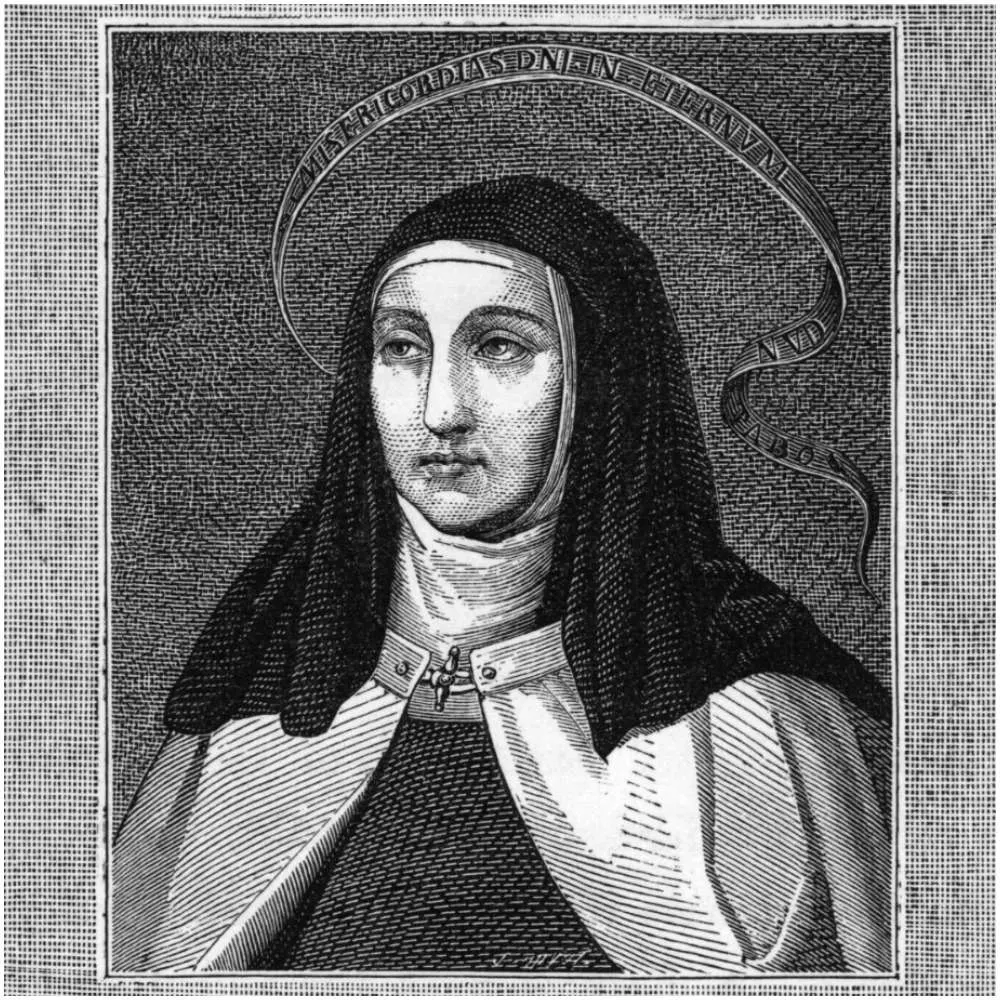
Getty Images
Teresa of Avila was a Spanish nun who established the Discalced Carmelites, an order devoted to poverty, quiet prayer, and austerity. Her parents were both pious Catholics and, in some ways, inspired Teresa to take up a life of prayer.
When she was 7-years-old, Teresa convinced her older brother that they should “go off to the land of the Moors and beg them, out of love of God, to cut off our heads there.”
Teresa of Avila was the originator of the Carmelite Reform, which restored and emphasized the contemplative and austerity character of primitive Carmelite life.
in 1591, the bishop of Salamanca initiated the process that in 1622 made Teresa a saint. In 1970, together with Saint Catherine of Siena, Teresa of Avila was declared a Doctor of the Church.
#2 Meister Eckhart
He was a German theologian, mystic, and philosopher. Eckhart was born in 1260 in Hochheim, a village near Gotha.
Meister Eckhart studied and taught in the chief Dominican schools, notably at Strasbourg, Paris, and Cologne. Eckhart was endowed with the honorific title of “meister” after he obtained the academic title of ”Magister in Theologia” from the University of Paris.
He was considered a mystic due to the fact that he taught the importance of making the mind quiet to be receptive to the presence of God.
To him, God is not an aloof personal deity in whose image man was created, but an incommensurable being ever immanent and unchanged in all creatures and matter. Also, he believed that the majority of human concepts of God tell us more about ourselves than about God.
#3 G. I. Gurdjieff
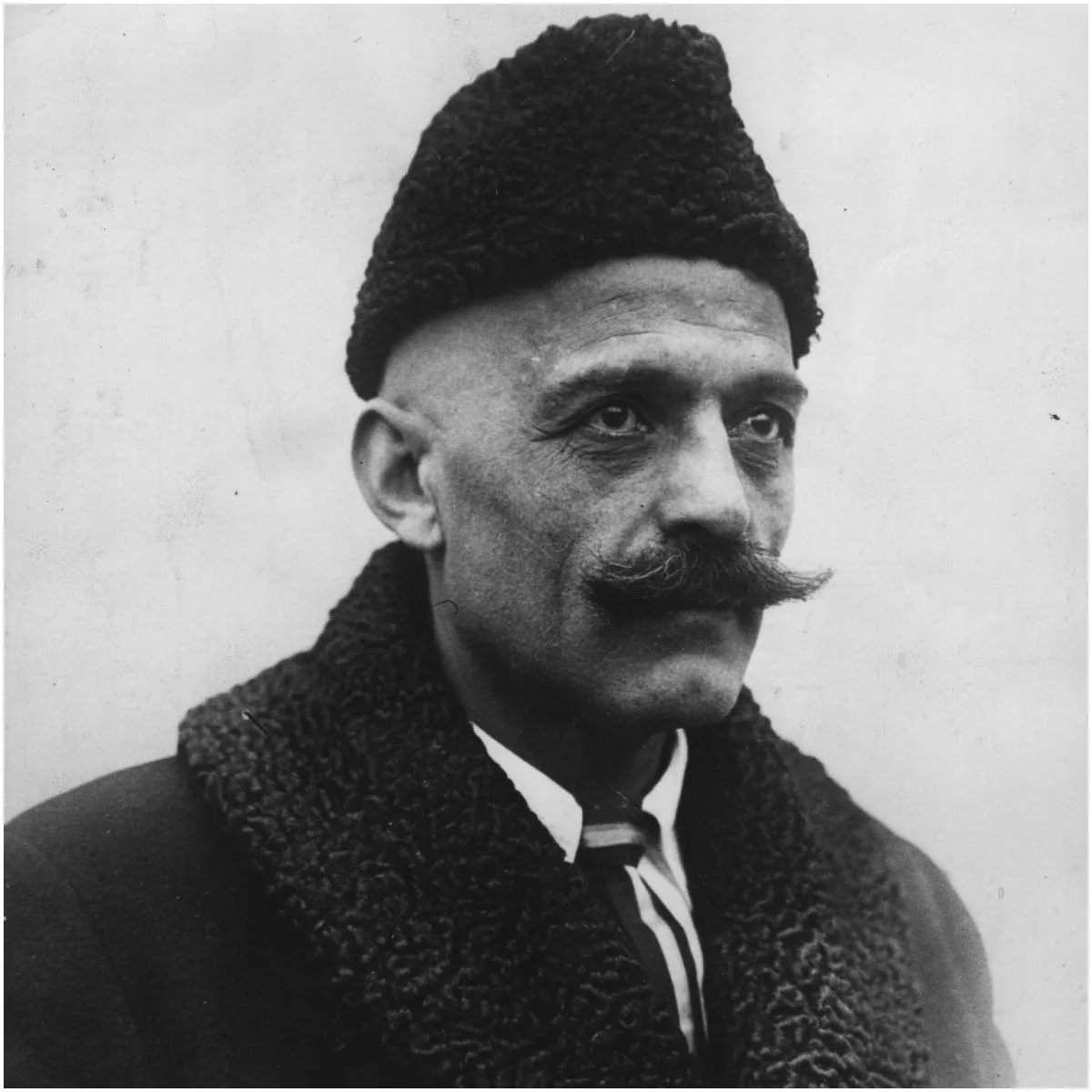
© Getty Images
Gurdjieff was an influential spiritual teacher of the 1st half of the 20th century. Gurdjieff was born in Alexandropol, Russia, near the Persian border. His mother was Armenian, and his father was Greek.
He himself was influenced by Zen, Sufi, and Yoga mystics he met on his early travels.
Through his methods, Gurdjieff believed in augmenting the conventional ways of teaching that moved along the developmental process.
According to him, the human being is constructed to transform energies of a specific nature, and neither his present actual predicament nor his potential inner development is understandable apart from this function.
G. I. Gurdjieff claimed that the teachings he brought to the West from his early travels and own experiences expressed the truth found in other ancient teachings and religions relating to self-awareness in humanity’s place in the universe and one’s daily life.
#4 Ramana Maharshi
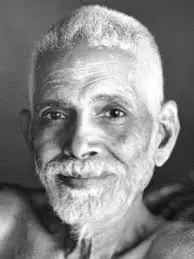
Image credit – https://commons.wikimedia.org/wiki/File:ADVAITASRI.jpg
He was a guru of international renown from southern India who taught during the 1st half of the 20th century.
Ramana was known throughout India and to many in the rest of the world as the silent sage whose powerful gaze and peaceful presence changed the lives of the many people who came into his presence.
His gentle and perceptive presence was inspiring to his devotees, while his statements combined simplicity and metaphysical subtlety.
In 1911, Frank H. Humphreys was Ramana Maharshi’s first western disciple.
#5 Paramahansa Yogananda
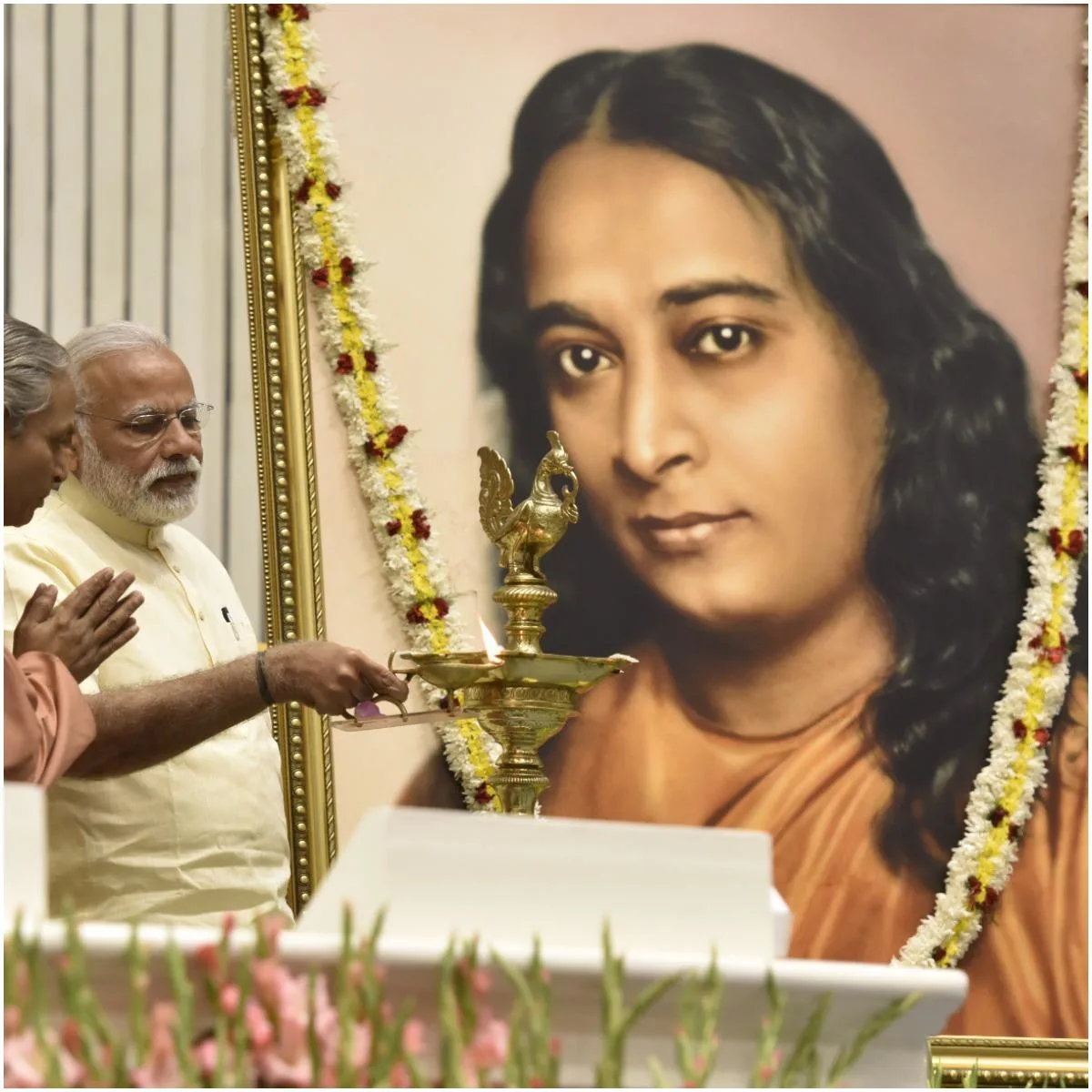
© Getty Images
He was an Indian spiritual teacher who founded the Self-Realization Fellowship. He was born Mukunda Lal Ghose in 1893 in Gorakhpur, India.
Yogananda met Swami Giri, the man who would become his guru.
In 1920, he went to the U.S. as India’s delegate to an International Congress of Religious Liberals that was convened in Boston.
During his years in the United States, Yogananda devoted himself to fostering greater cooperation and harmony among all races, religions, and nationalities.
#6 Edward Kelley
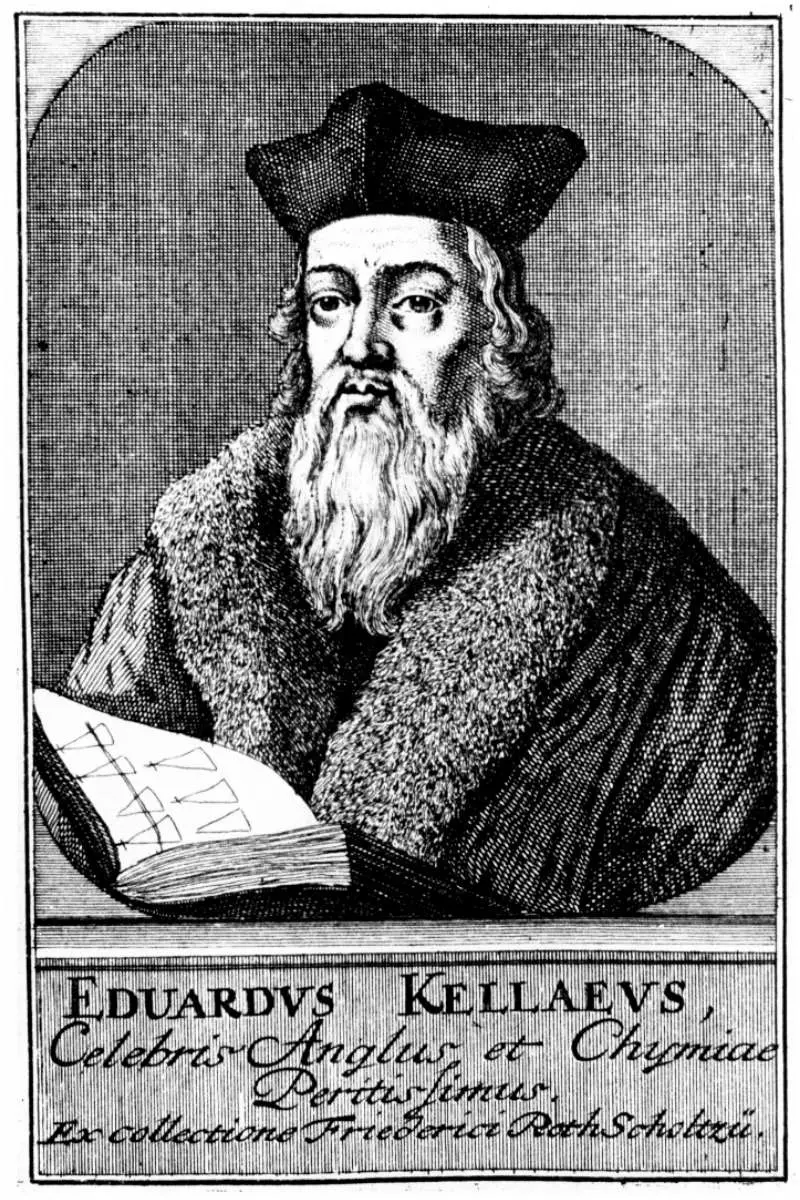
© Getty Images
He was a self-declared spirit medium and a convicted criminal who worked with John Dee in his magical investigations.
Kelley’s “angels” communicated to him in a special language termed ”Angelic,” subsequently called Enochian, that he then relayed to Dee.
In addition, Edward Kelley claimed to possess the secret of transmuting base metals into gold, one of the main goals of alchemy.
READ MORE: What Is A Medium?
#7 Adi Shankara
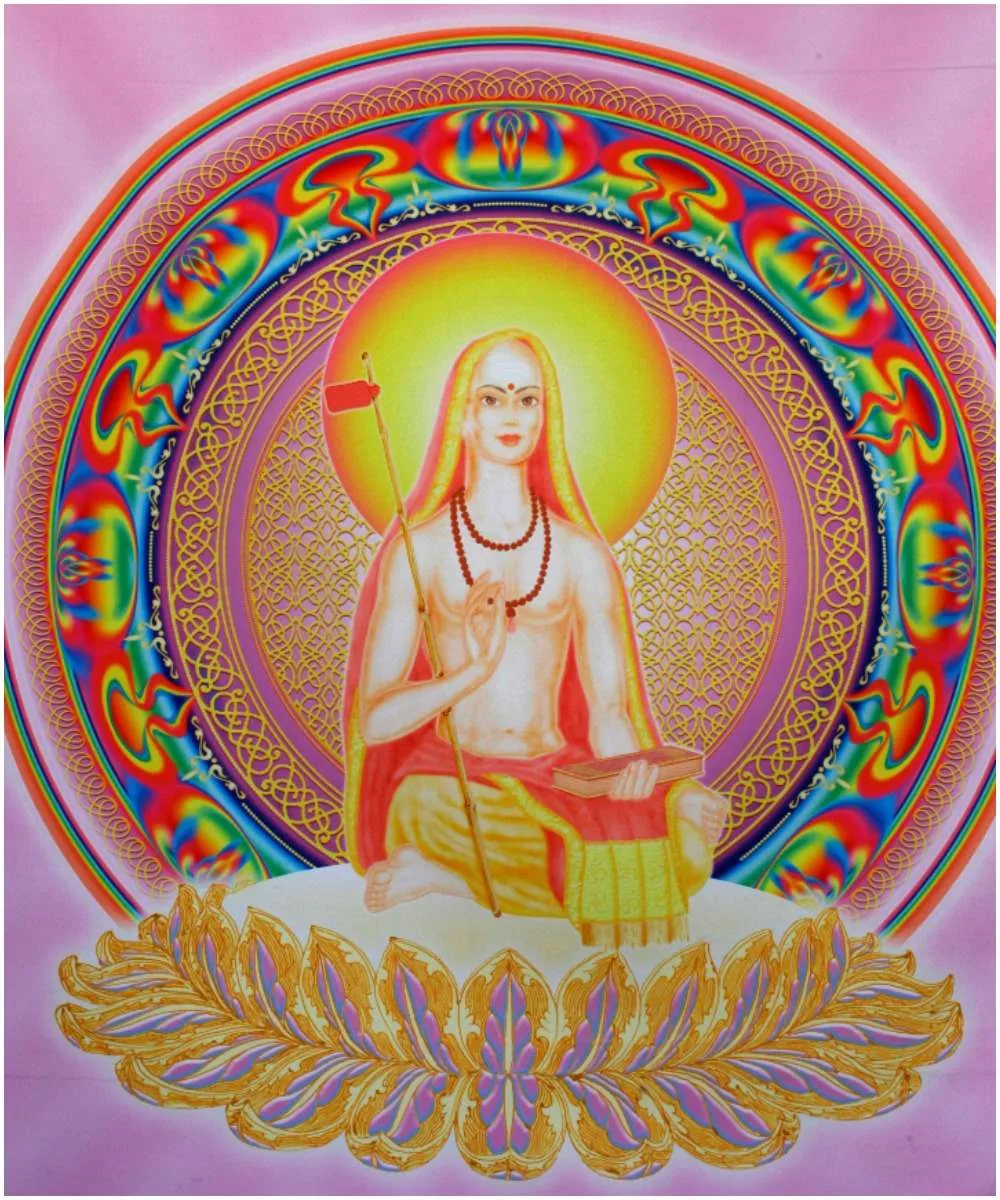
© Getty Images
He was an Indian religious philosopher who renounced worldly pleasures at a very young age.
Adi Shankara is best remembered for his commentaries on the Vedic canon and his reinterpretations of Hindu scriptures.
His works discuss the unity of the Ātman and Nirguna Brahman “brahman without attributes.”
READ MORE: Signs You Are A Natural Born Shaman
#8 Carl Gustav Jung
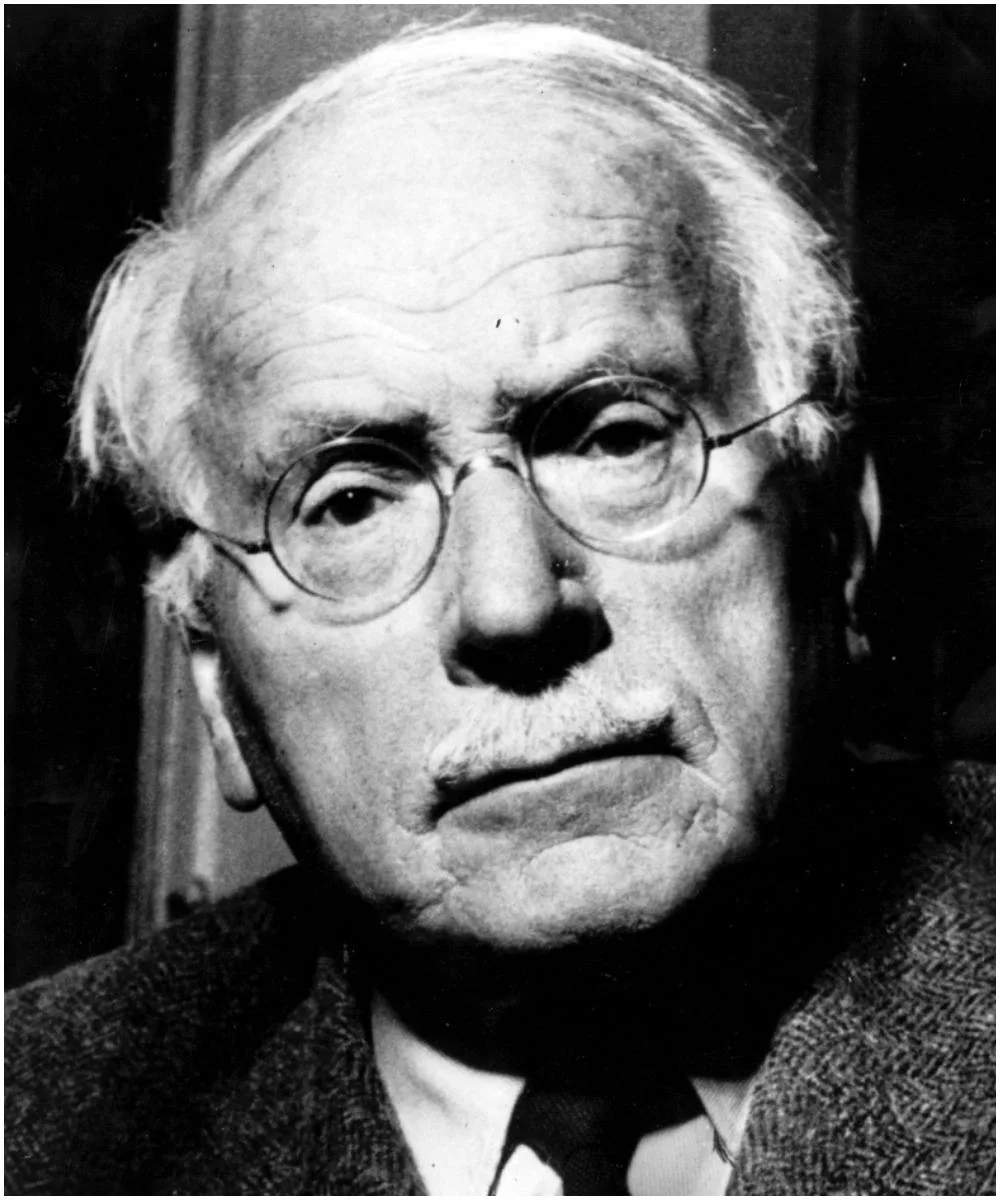
© Getty Images
He was born in 1875 in Thurgau, Switzerland. In 1902, Jung received his medical degree from the University of Zurich.
The terms “extroverted” and “introverted” first appear in Psychological Types, a book which Jung published in German in 1921.
Freud and Carl Gustav Jung conducted a lengthy correspondence and collaborated on an initially joint vision of human psychology. But, they stopped working together since they had some arguments about what was more important in psychology.
In 1932, he was awarded Zurich’s literature prize.
READ MORE: 11 Great Ways to Show Compassion
#9 Rasputin
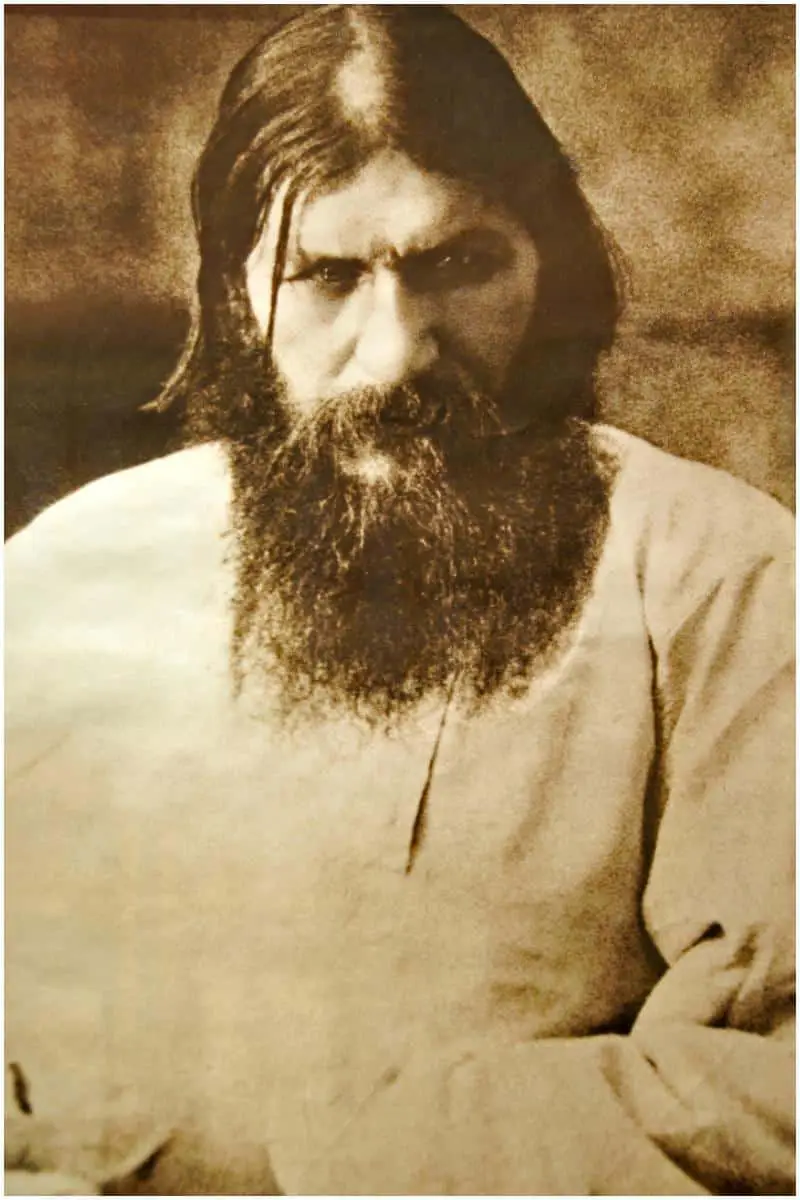
Image credit -https://www.flickr.com/photos/22490717@N02/4096936460
He was born in a remote Siberian village to illiterate peasant parents. Rasputin received no formal education and didn’t learn to write or read until he was an adult.
As a child, he disturbed his parents and neighbors with his “divine” healing abilities.
During his holy wanderings, Rasputin met many citizens and aristocrats who found him to be a holy man.
He had hypnotizing eyes, and some historians thought that Rasputin had the capacity to trick anyone into doing his bidding just by staring at them.
READ MORE: 10 Essential Oils For Creativity
#10 St Francis of Assisi
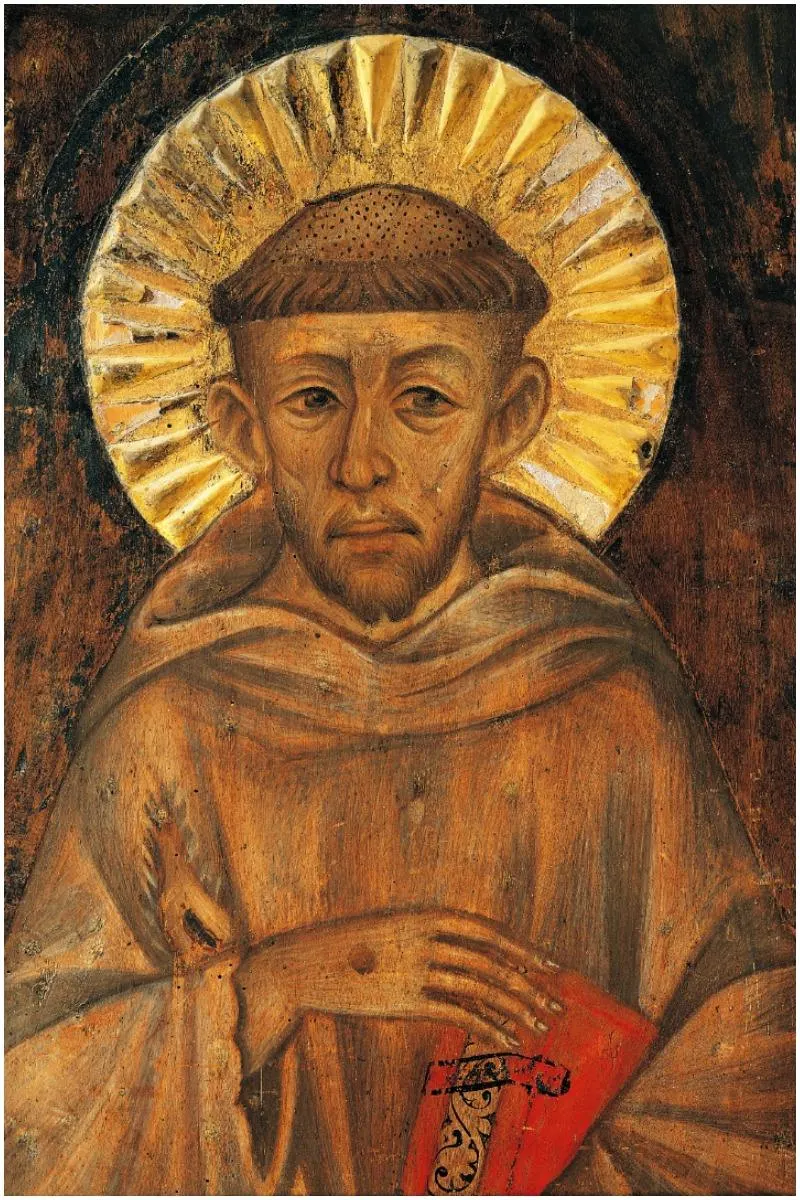
© Getty Images
He is one of the most famous saints in Church history. Francis was born between December 1181 and September 1182.
His mother was a beautiful Frenchwoman, and his father was a wealthy cloth merchant who owned farmland around Assisi.
At around the age of 19, Francis joined the military and fought in a war against a nearby city. Francis was taken prisoner and held for about 12 months.
With the approval of the Pope, St Francis founded a new Monastic Order, commonly known as the Franciscans.
During a 40-day retreat, St Francis of Assisi had a vision of a 6-winged Seraph attached to a cross.
In 1226, he died while singing Psalm 141. St Francis was declared a saint of the Catholic Church two years after his death.
READ THIS NEXT: How To Stop Judging People
#11 Khalil Gibran
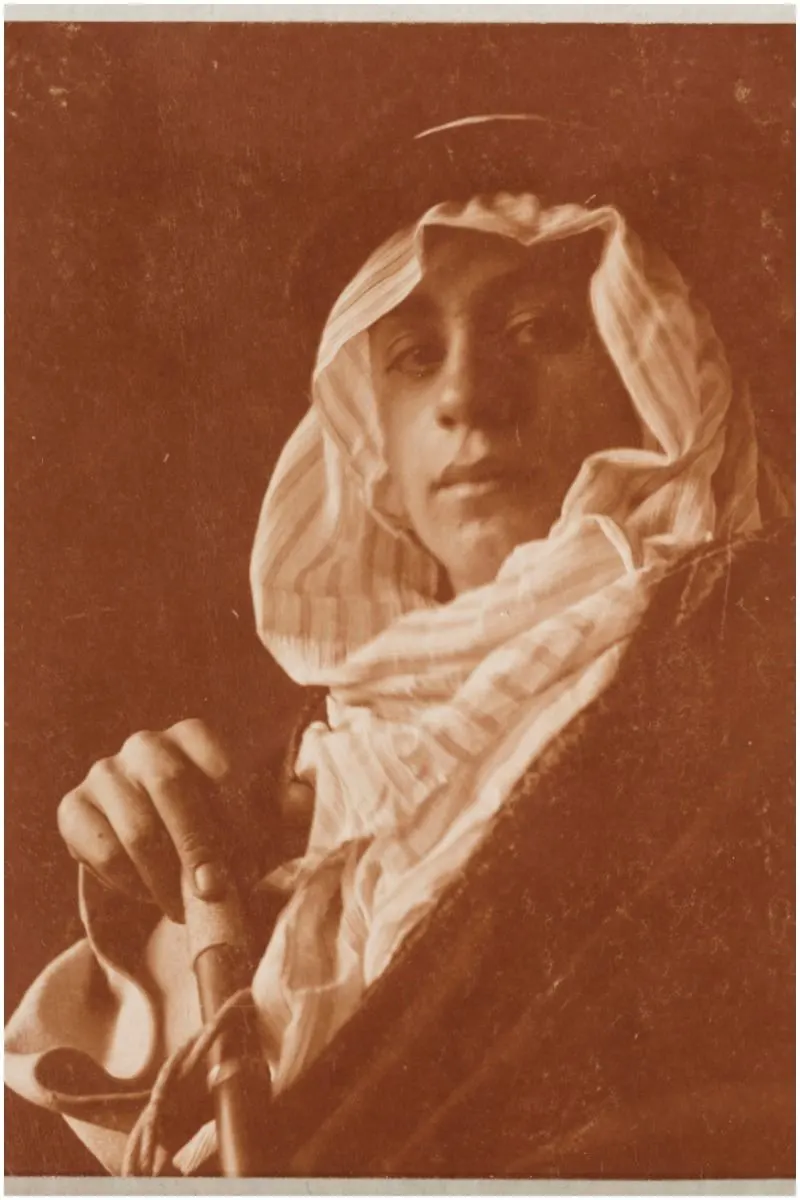
© Getty Images
Khalil Gibran was a Lebanese writer and artist who influenced modern Arabic literature. In addition, Gibran composed inspirational pieces in English, including The Prophet, a book of poetic essays that achieved cult status among American youth.
Kahlil Gibran was born in Bsharri, Lebanon, on January 6, 1883, to a Maronite Catholic family. His poems have been used in speeches, songs, and movies.
#12 Hadewijch of Antwerp
Hadewijch of Antwerp was a 13th-century mystic, poet, and beguine from the Low Countries, specifically in the region of what is now Belgium. Her exact birth date remains unknown, but her writings suggest she was active during the mid-13th century.
Her “Letters of Hadewijch” offer insights into her spiritual experiences, while her “Visions,” a collection of 14 revelations, vividly describe her mystical encounters with the Divine.
Here is a quick recap of the most famous mystics in history:
- Teresa of Avila
- Meister Eckhart
- G. I. Gurdjieff
- Ramana Maharshi
- Paramahansa Yogananda
- Edward Kelley
- Adi Shankara
- Carl Gustav Jung
- Rasputin
- St Francis of Assisi
- Khalil Gibran
- Hadewijch of Antwerp
Featured image credit – Getty Images
READ THIS NEXT: What Is A Mystic?
References https://www.catholic.org/saints/fun_facts_arch.php?saint=50 https://www.britannica.com/biography/Grigory-Yefimovich-Rasputin

Fran
Sunday 19th of January 2025
Thank you for this collection of insights.